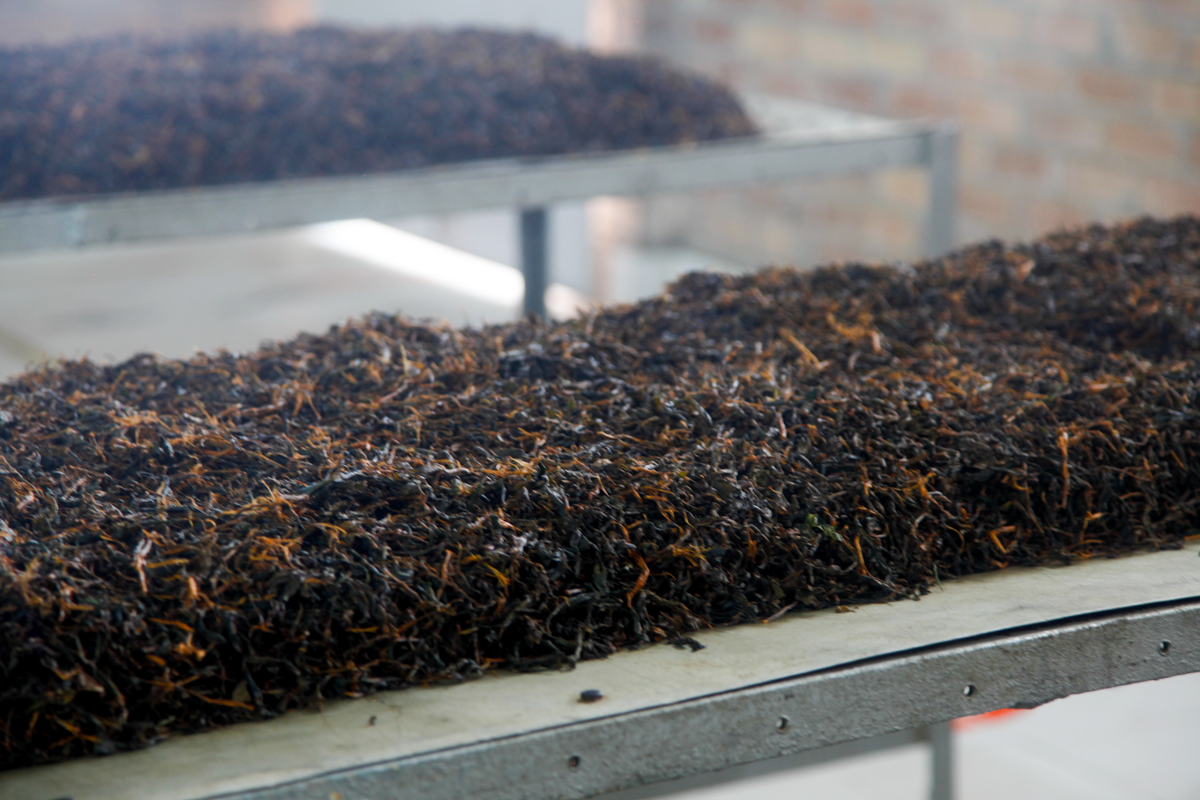One of the trickiest stages in making black tea is achieving the right level of oxidation. The leaves are left to wither for a good ten hours or so, then tossed to bruise them and break down their structure. Then it’s time for the oxidation process, which requires humid conditions. During this stage, the leaves change colour from green to brown. Their aromas also change radically, developing notes of wood, stewed fruit and spices, among many others. When should oxidation be stopped? In Darjeeling, producers use the “second nose” principle. At the beginning of the oxidation process, the tea leaves give off an intense aroma that gradually fades after a few minutes, only to return in full force a while later. This return of aroma is known as the second nose. It signals that it’s time to stop oxidation as the perfect level has been achieved. All that remains is for the leaves to be dried, sorted and packaged.
The second nose
3 November 2023





